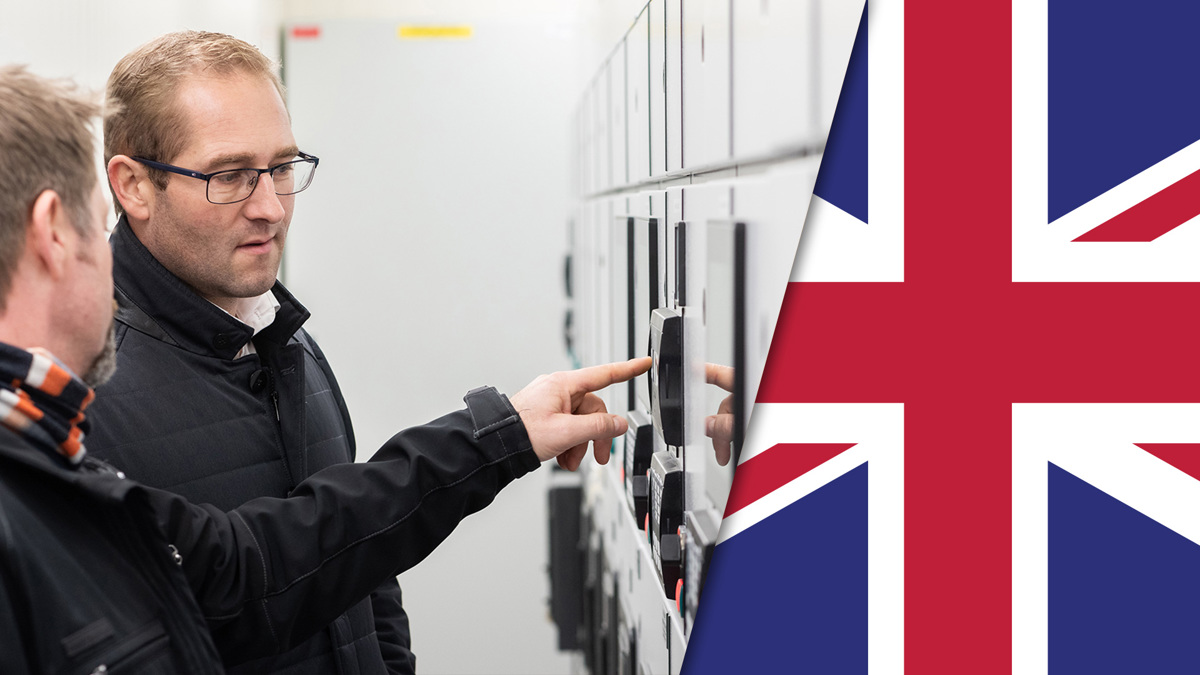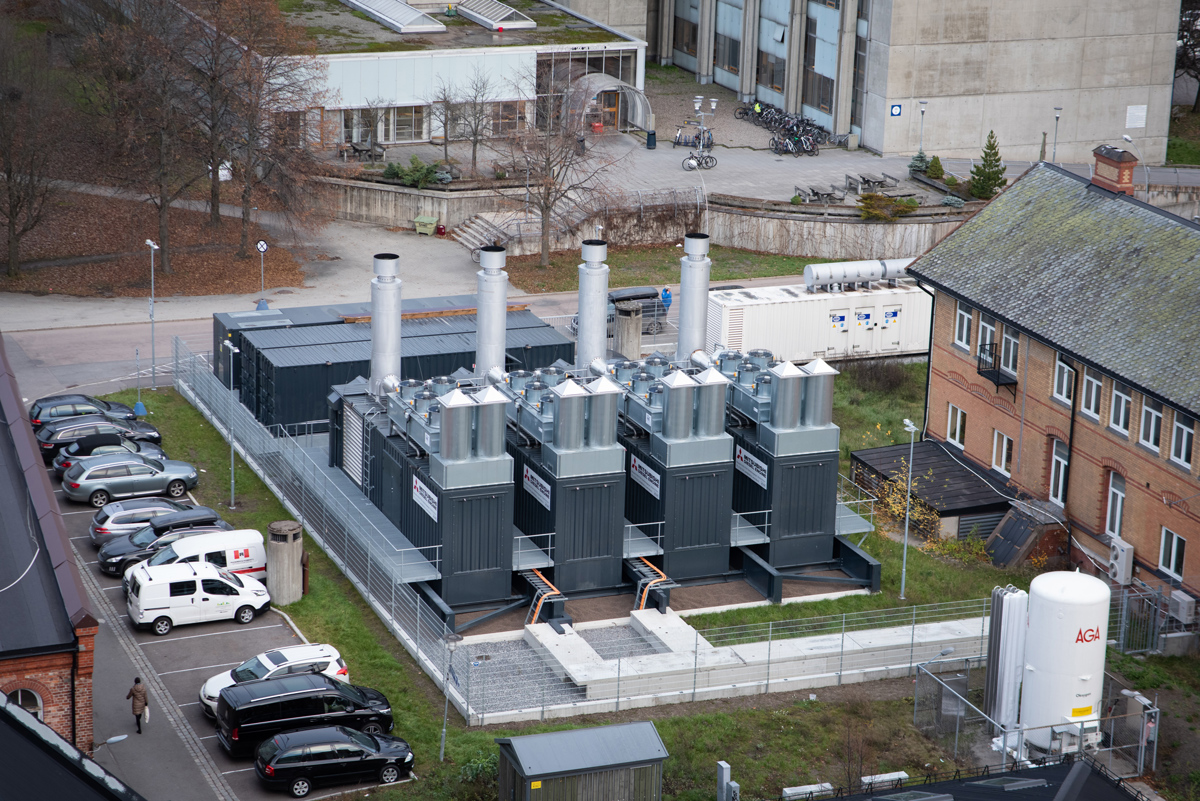Oslo hospital brings new life to emergency power on campus
Ullevål Hospital goes from a decentralised, fragmented system to one with full control and remote monitoring with DEIF.
An emergency patient: the power system
The emergency power system at Oslo’s Ullevål Hospital needed an upgrade – badly. As one of the four main campuses of Oslo University Hospital (Norway’s largest), Ullevål’s century-old buildings and decentralised power infrastructure were inefficient. Medium-sized generators were located in or near the many buildings. There was little control over the load situation.
“It’s difficult to explain how flawed and bad the system was before,” says Michal Kjerstad, operations manager at Ullevål Hospital. “Previously in a power outage we had to look up at a building to see if the windows were lit, and if they were, the building had power, so we moved on to the next building.”

The structure of the main switchboard was based on relay logic, and no switchboards were identical, explains Dag Olsbakk, a consulting electro engineer at COWI. Dag took part in designing and executing a new emergency power system at Ullevål.
Watch the webinar and get in-depth knowledge of critical power


“What you have now is a lot more control of each building. You can control the system much better. We have higher redundancy and safety in the backup power.”
Dag Olsbakk
Consulting Electro Engineer, COWI

The bypass operation
Ullevål had made upgrades in some buildings, and around 2000 it did a temporary upgrade with emergency power generators that used DEIF controllers. Dag Olsbakk says he talked with René Kristensen from DEIF, who gave some ideas on how to retrofit the infrastructure to include the southern part of Ullevål, covering the most critical part of the hospital. Starting in 2014, COWI and DEIF worked together with Ullevål to build the new system while keeping the hospital on-line and functioning normally – like a bypass operation of a patient.
Four generators of 690 V and each 2.2 MW supply the emergency power. For optimal power security, COWI chose to use DEIF’s Power Management with AGC-4 controllers. “We chose to have a reliable power supply that communicates on a CAN bus that isn’t impacted by other systems,” Dag says. “It’s in bands, and we chose AGC-4 controllers for that. It allows us to run tests and have full control in each building and run tests and synchronise to the grid.”
In addition, the DEIF Digital Voltage Controller DVC 550 regulates voltage, improving genset performance.
“It’s a significant upgrade,” he adds. “What you have now is a lot more control of each building. You can control the system much better. And we have higher redundancy and safety in the backup power.”
He says that for quick start-up, “We utilise close before excitation, starting up all four generators – synchronising and phasing in simultaneously – so we manage start-up power very safely.” If an error occurs and communication is lost, the installation splits itself up into sections so that the operator can isolate the point of failure and secure the supply to other sections.
An AGC-4 controller is installed in each building with an HMI screen, giving a full overview of the system, he says. “You can monitor the whole emergency backup power station from all buildings, so it gives you full control.”
A healthy system
The project was complete at the end of 2017, but it’s still a work-in-progress, Dag Olsbakk says.
“Ullevål now has much greater control of its system, but we’re still working on lifting that control even higher. It’s been fun to be part of developing it with DEIF – sparring with someone as you challenge each other a little bit.”
Ullevål’s Michal Kjerstad says that while the new system is so much better physically, it’s not exactly the best part.

“What was probably the biggest step for us was not the emergency power park itself, but rather the power management control that we now have.”
Michal Kjerstad
Operations manager at Ullevål Hospital
“What was probably the biggest step for us was not the emergency power park itself, but rather the power management control that we now have,” Michal says. “It’s very good, and the fact that we can be in any of the buildings and still have full control of the system is just amazing.”
Michal’s team no longer needs to go from building to building and look up at the windows for light during a power outage. “Today we just look at a PC monitor and check up on those that have lost power and go straight to them.”
He says it also simplified Ullevål’s generator testing. “We no longer have to drive around with connecting cables. Now we stand in a heated room and touch a PC screen, testing the generators the exact way we need to. Whether it’s phasing onto the grid in each building or testing to a load point. We have every option available, so that is very, very good.”
Facts
DEIF supplied AGC-4 Automatic Genset Controllers and DVC 550 Digital Voltage Controllers to the emergency power system at Ullevål Hospital. Read more about DEIF’s land power solutions.
Read our hospital guide
-

Contact us to discuss your options
- 90 years of energy pioneering
- Manufactured at the highest standards
- Superior quality
- Unmatched service and support
- Made in Denmark









